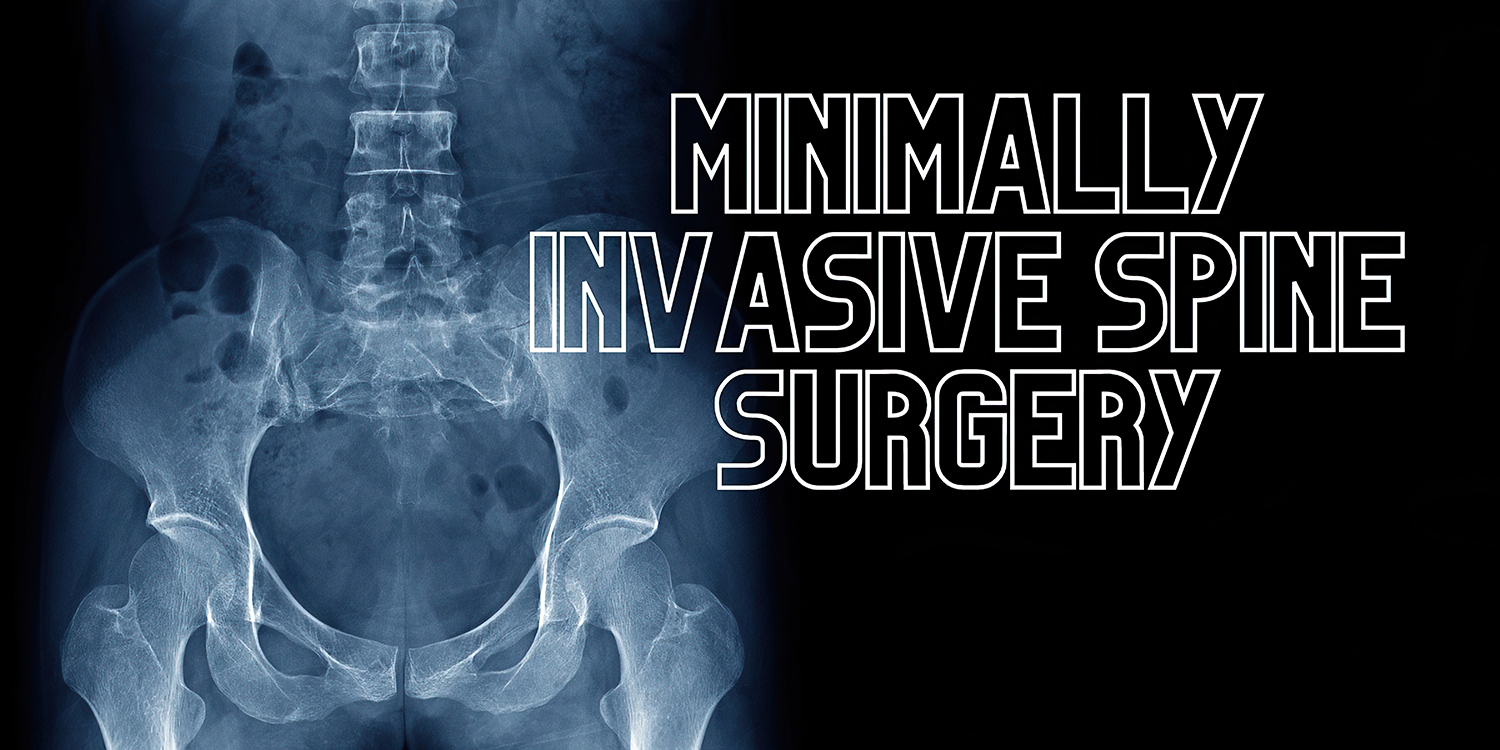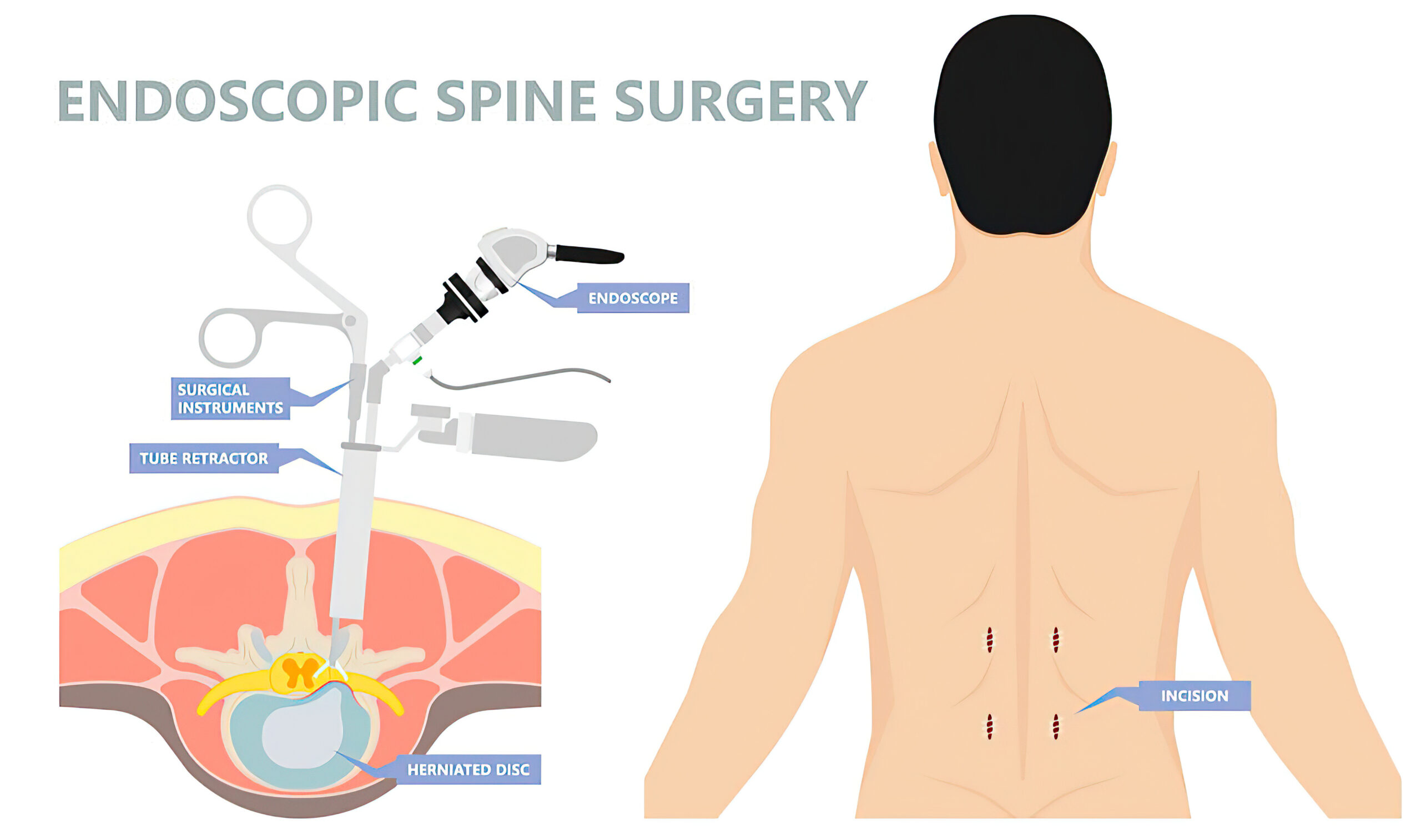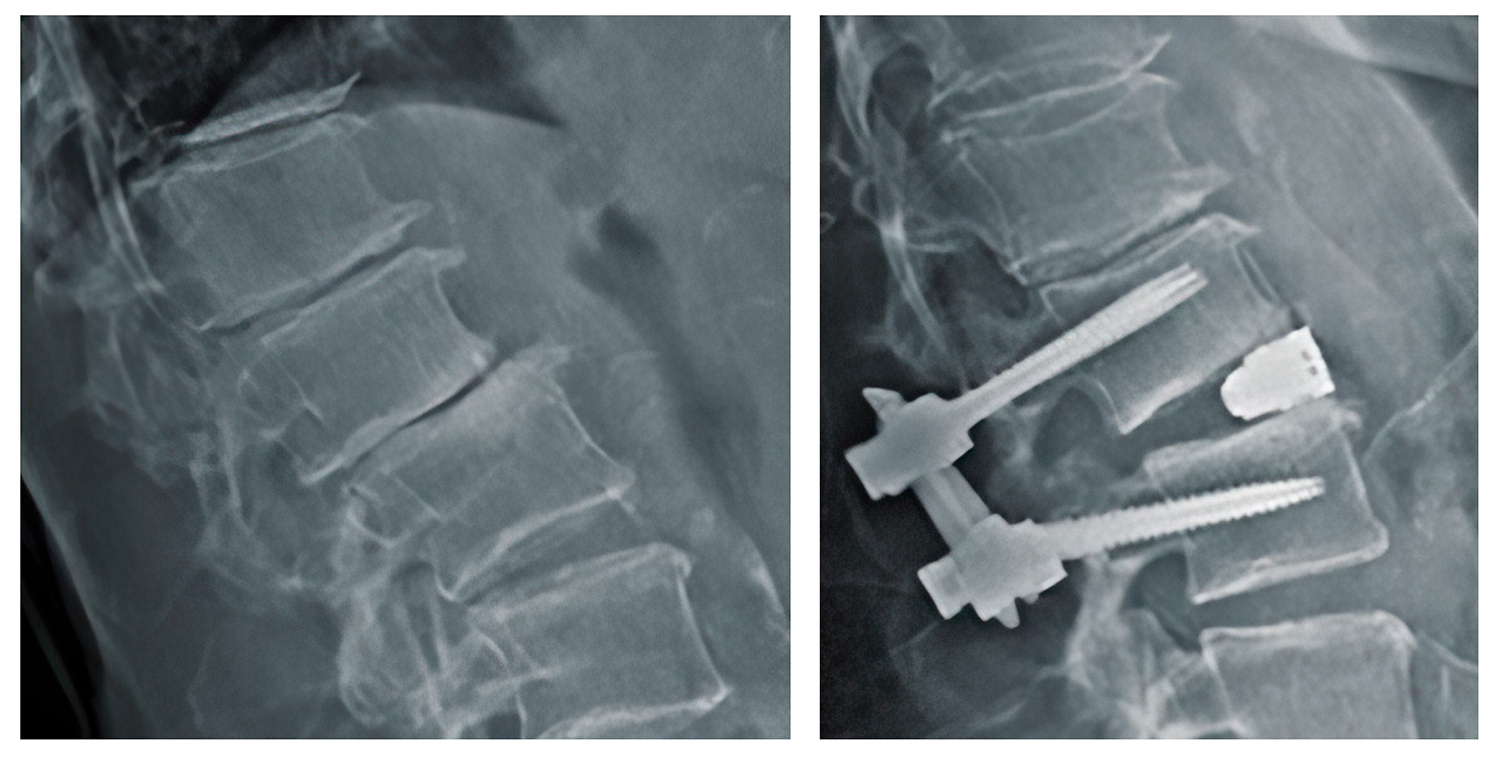MINIMALLY INVASIVE SPINAL SURGERIES

What is minimally invasive spine surgery?
When you undergo minimally invasive spine surgery, your procedure is performed using a few small incisions. This type of surgery causes less trauma than the single, large incision used during open surgery. As a result, you have less bleeding, reduced postoperative pain, and a faster recovery.
Minimally invasive spine surgery also spares the surrounding muscles and soft tissues. To create the tiny opening needed for the narrow surgical tools, the doctors at Florida Back Institute use a retractor that gently pushes muscles out of the way. After your procedure, the muscles return to their original position without needing to heal from an incision.

When might I need minimally invasive spine surgery?
Nonsurgical therapies are the first line of treatment for back and neck problems. When they fail to provide sufficient pain relief, your doctor may recommend minimally invasive spine surgery.
Spinal conditions often treated with minimally invasive surgery include:
- Degenerative disc disease
- Herniated discs
- Spinal stenosis
- Spinal instability
- Spinal deformities
- Vertebral compression fractures
In some cases, spinal tumors may be removed using minimally invasive surgery.

What are the different types of minimally invasive spinal surgeries?
During minimally invasive spine surgery, your doctor can repair the underlying problem and stabilize your spine, which alleviates your pain and restores optimal movement and function. Minimally invasive techniques are preferred for removing damaged discs and spinal decompression and fusion.
The team at Florida Back Institute has extensive experience performing several types of minimally invasive spinal surgery, including:
Lumbar laminectomy
Lumbar laminectomy, or spinal decompression surgery, is performed to relieve pressure from pinched spinal nerves. The procedure creates more space for the nerves by removing the lamina, which is the bone on the back side of the vertebra. Portions of the facet joints and thickened ligaments may also be removed if needed.
>Extreme lateral interbody fusion (XLIF)
XLIF can help relieve pain caused by degenerative disc disease, spinal instability, spinal curvature, slipped discs, and disc herniation.
During the procedure, the doctors at Florida Back Institute remove the damaged disc, replace it with a plastic spacer, then insert bone graft material to promote fusion between the two vertebrae.
If you suffer from ongoing back pain, minimally invasive spine surgery may provide the relief you need. To learn whether you’re a good candidate, call the office or schedule an appointment online.
